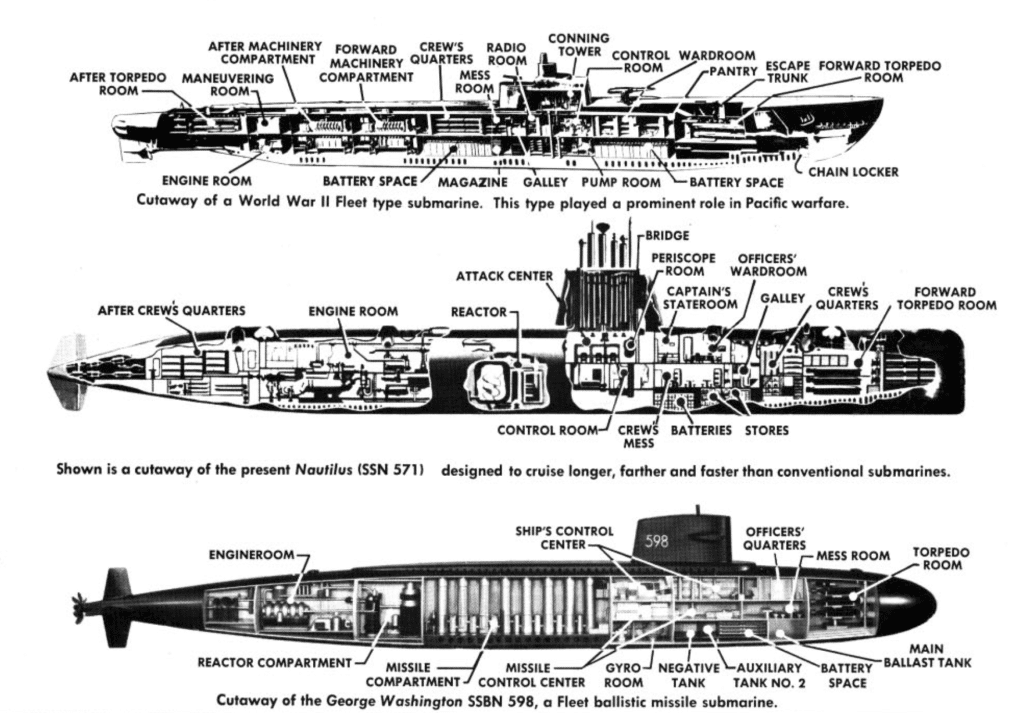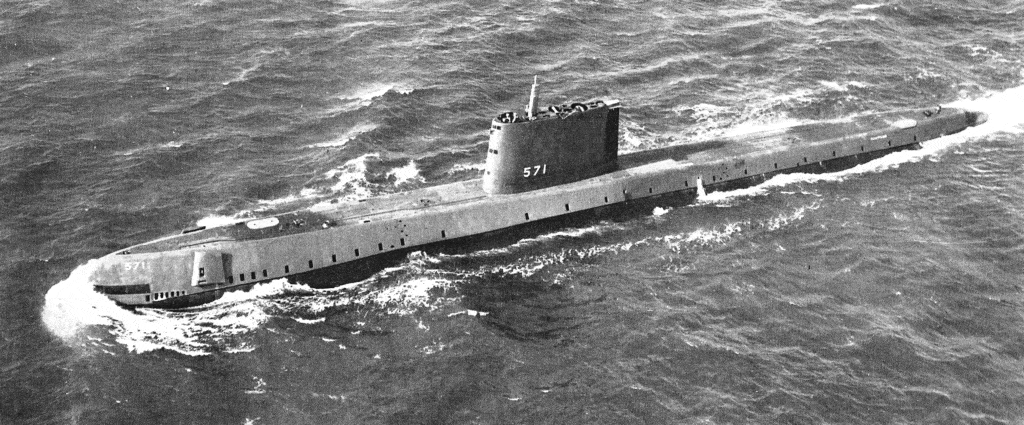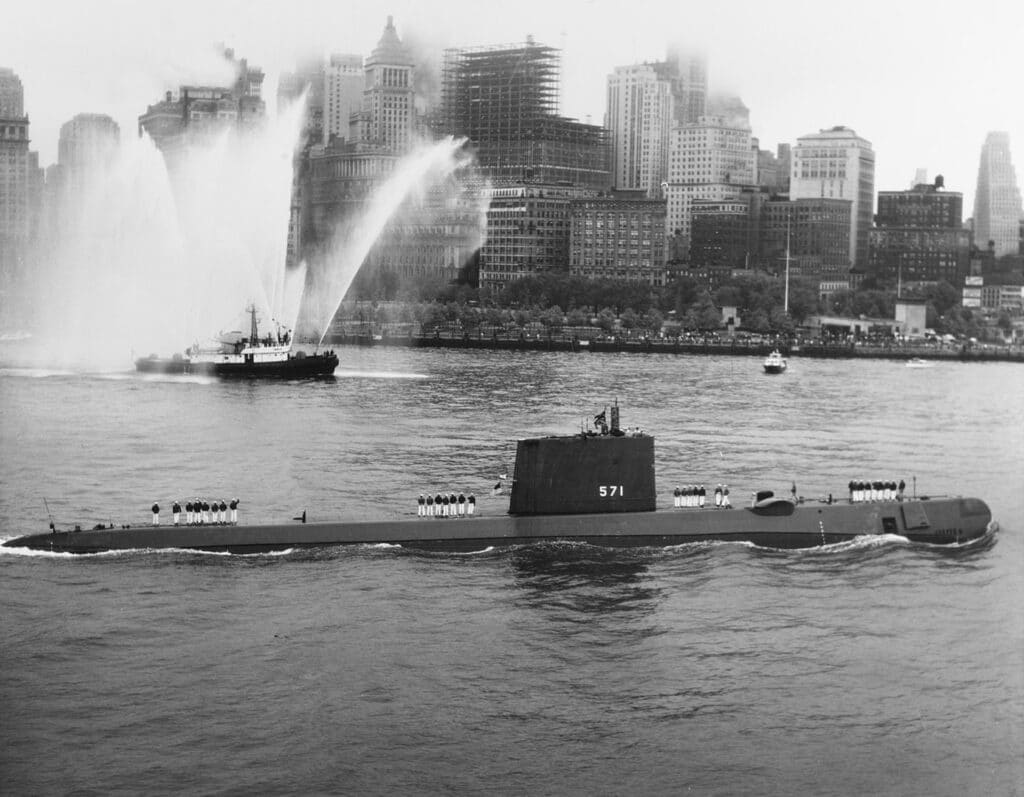This Week in History recalls memorable and decisive events and personalities of the past.
2nd August 338 BC – A Macedonian army led by Philip II defeated the combined forces of Athens and Thebes in the Battle of Chaeronea, securing Macedonian hegemony in Greece and the Aegean

In 359 BC a new king rose to the throne of a small insignificant hill kingdom in northern Greece called Macedon. This man, Philip II, would drastically change the fortunes of his kingdom.
After his rise to power, Philip expanded his kingdom greatly at the expense of his neighbours, many of whom were allies or colonies of the city of Athens, all the while reforming and reorganising his army into what would soon become one of the most dangerous fighting forces in the world.
Demonstrating what would soon be known as his legendary strategic and diplomatic skills, Philip intervened sporadically in a major conflict in Greece known as the ‘Third Sacred War’. During the conflict he absorbed Thessaly into his sphere of influence and emerged as the dominant power in northern Greece.
In 346 BC, the powerful city of Thebes, which was struggling to win the war, asked Philip to ‘assume leadership of Greece’ and help them defeat their rivals – Athens and their allies. The Athenians were exhausted from the war with Thebes and so quickly signed a peace treaty with Macedon, in which they agreed to become ‘allies’ of Macedon. This was deeply unpopular with the Athenian people, who saw it as humiliating.
Some Athenians believed they had only been forced to give up because Philip had bribed and manipulated the Greek world, and that when faced with real Greek warriors from a great city such as theirs, the northern upstart savage would be defeated.
The pro-war faction in Athens slowly undermined the peace and sought to turn old enemies into allies. They managed to convince the Thebans that Macedon needed to be stopped and even sent an envoy to their old enemies, the Persians, asking them for money and aid against the Macedonians.
In 339 BC the peace treaty collapsed, and Philip marched south with a large army of 32 000 men to bring the Athenians and Thebans back into line.
After some stalemate engagements and skirmishes, the armies of the two sides finally met on 2 August 338 BC at Chaeronea in central Greece. The 32 000 Macedonians faced off against 35 000 Greeks from Thebes, Athens and their allies.
Phillip commanded the right flank of his army and placed his 18-year-old son Alexander (Alexander the Great of later years) in charge of the left flank.

The Macedonian army was made up mostly of Philip’s veteran Phalangists, who formed a huge phalanx of long spears, creating an almost impenetrable front. The Greek army facing them was mostly less-experienced, but it did include the 300 men of the Theban Sacred Band, a group of 150 pairs of male lovers who were considered the best soldiers in the Greek world.
The Macedonians and Greeks fought a tough and bruising battle, but Philip prolonged the fighting in the hope that his more experienced soldiers would stand up better in a long fight. At some point the Macedonians broke the centre of the Greek line, with some ancient historians giving the starring role in the battle to Alexander – they could be lying; modern historians are unsure. The elite Sacred Band were smashed, with the ancient historians claiming all 300 of them were killed. When modern historians excavated a monument near the battle site, which some believe to be the resting place of the Sacred Band, they found 254 bodies, which suggests that some may have escaped the battle. However, the unit seems to disappear from battle from this point forward.

In the aftermath of the battle, Thebes and Athens were forced to agree peace terms with Philip as they had been so badly bloodied. Philip made himself the effective leader of the Greek world and, from this point on, the independence of the Greek city states faded, eventually becoming nothing but a distant memory of a golden age.
3rd August 1958 – The world’s first nuclear submarine, the USS Nautilus, becomes the first vessel to complete a submerged transit of the geographical North Pole

Ever since the First World War, submarines have been powerful weapons of war. To this day, amateur historians of the Second World War remain captivated by the experiences of the German U-boat crews whose stories have been immortalised in such films as Das Boot.
One of the great limitations of submarine technology in the Second World War was the relatively short amount of time that submarines could remain submerged, or at sea. The U-boats much feared by the Allies could only dive for relatively short periods, as their diesel engines couldn’t work without air and the batteries they used when submerged lasted only for a short time. This was somewhat alleviated by the addition of a ‘snorkel’ in the later years of the war, which would allow the sub to suck in air whilst underwater, but still required the vessel to be close to the surface, and to move slowly to avoid damaging the snorkel.
In the 1950s, American nautical engineers believed that a better solution could be found, and, this being the 1950s, that meant nuclear power would be involved.

A nuclear-powered submarine solves the problems of a diesel-powered sub by containing the power plant on board in the form of a small nuclear reactor. Due to the efficiency of nuclear reactors and the way nuclear reactions work, a nuclear sub can travel underwater without surfacing for months at a time. Indeed, the crew is more likely to run out of food long before they need to refuel the reactor. This makes nuclear-powered subs the ultimate stealth weapon. They can hide beneath the waves for months at a time only to emerge suddenly to fire off a missile or launch a torpedo.
The first ever nuclear-powered sub was designed by the United States Navy and authorized for construction by congress in 1951.

Launched on 21 January 1954, the USS Nautilus (SS-571) revolutionised submarine design. On her first true voyage, the Nautilus was able to travel thousands of kilometres submerged and in so doing made the majority of anti-submarine tactics obsolete.

As the end of the 1950s approached, the Americans were growing worried about the Soviet dominance of space, and the ability of the Soviet Union to strike America with Intercontinental Ballistic Missiles (ICBMS).

As a result, they decided that until they could catch up with the Soviet space programme, they would need to develop alternative ways of deploying nuclear missiles to hit the Soviets, and so came up with Submarine Launched Ballistic Missiles – SLBMs – which would be carried and fired from a submarine.

If this was possible, it would require American subs to be able to pass under the North Pole’s ice cap so as to get close enough to fire the missile.
With this in mind, the US Navy launched Operation Sunshine, which involved the USS Nautilus crossing under the North Pole to prove that it was indeed possible for a sub to do so.
Initially the operation was delayed, as deep ice made moving through shallow parts of the journey difficult, but on 23 July 1958, Nautilus set out from Pearl Harbour in Hawaii to traverse the pole.
At first the sub encountered problems trying to pass through the Bering Sea as the ice was 18 metres deep and there was not enough space to pass under it.
Eventually, though, the sub managed to find a path through and began to transit the pole under the ice.
On 3 August 1958, the Nautilus finally completed her voyage, becoming the first sub to move submerged over the North Pole, proving that American subs could approach the Soviet Union from the north.

If you like what you have just read, support the Daily Friend

